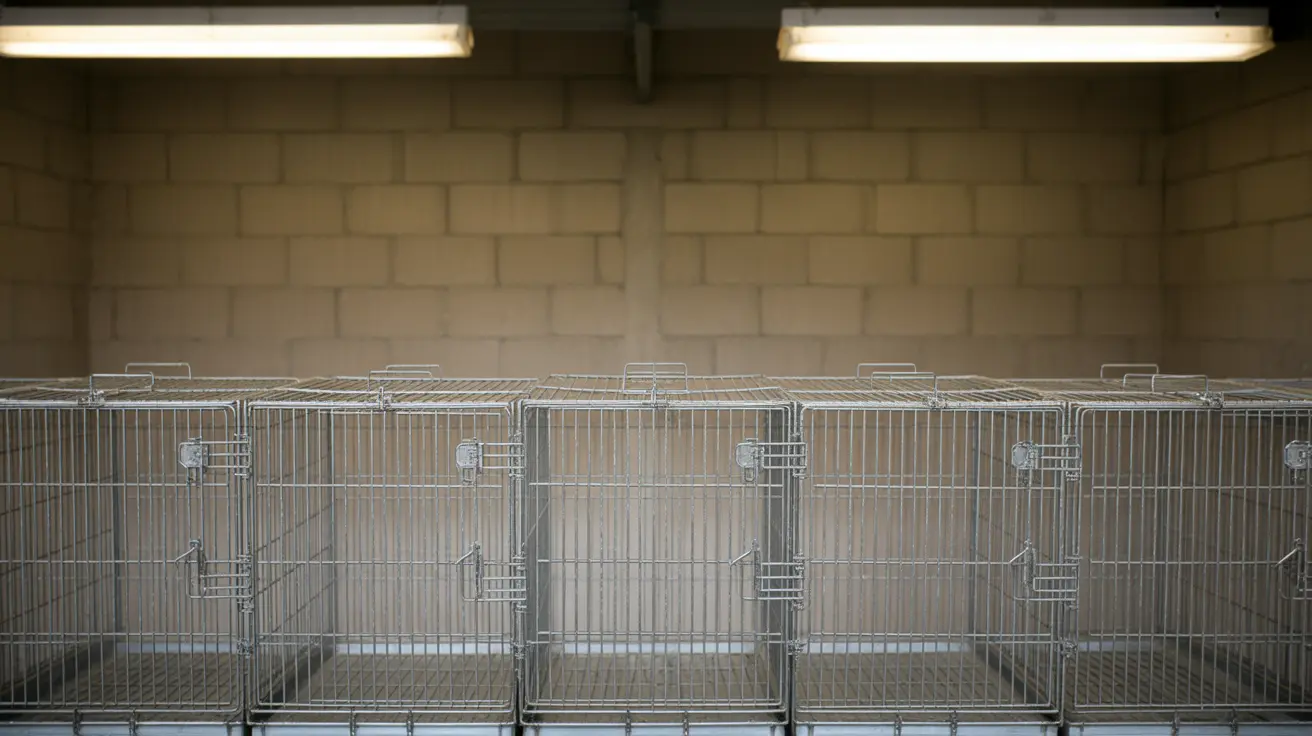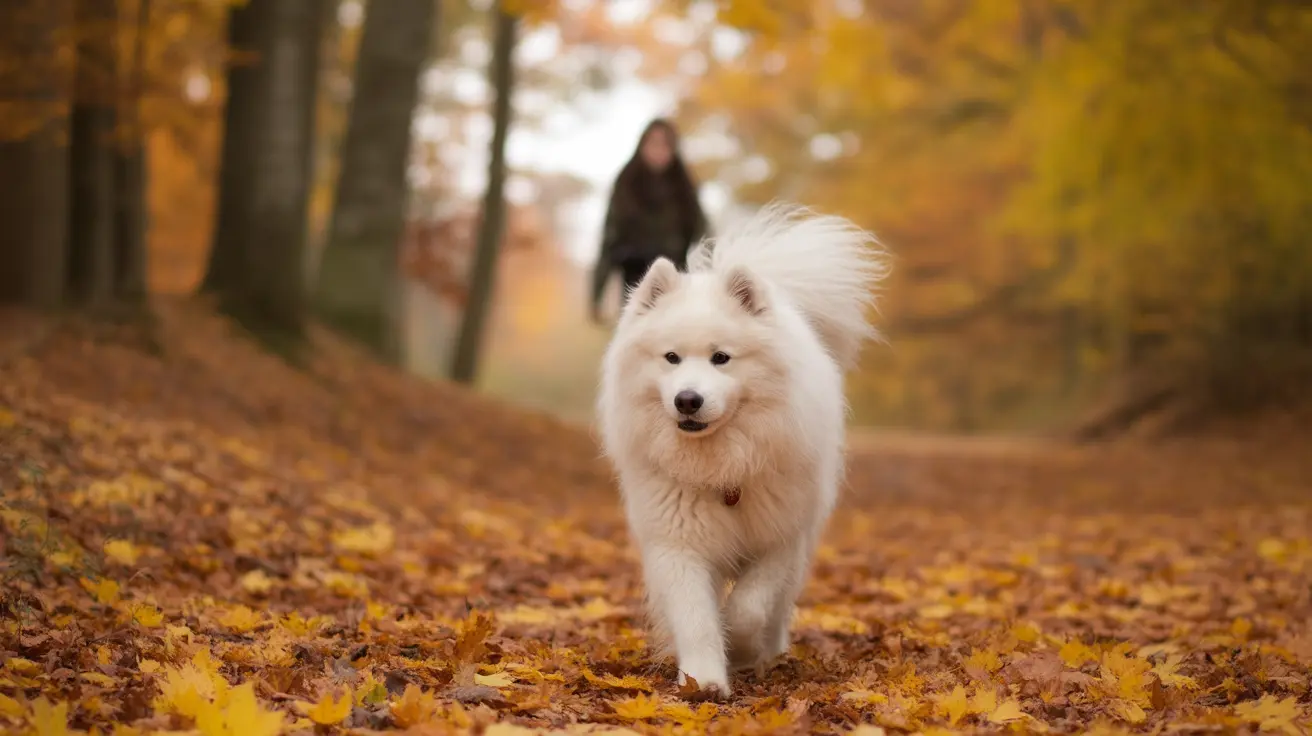Should You Place Your Cat’s Food and Water Together?
As a cat owner, creating a comfortable and health-conscious feeding environment is important. One frequent question pet parents ask is: should I place my cat’s food and water next to each other? While it may seem convenient, this arrangement might not be ideal for your cat’s well-being.
Understanding Cat Behavior and Feeding Preferences
Cats are creatures of habit with specific preferences when it comes to their feeding environment. Studies and veterinary observations show that cats generally prefer separation between their eating and drinking areas. This behavior is influenced by their instincts and overall health needs.
Reasons to Keep Food and Water Bowls Apart
- Instinctual Preferences: In the wild, felines prefer to keep their water sources separate from where they eat, helping reduce contamination risks.
- Improved Hydration: Cats may drink more water when it is placed away from food, as proximity can deter them from using the water bowl.
- Cleaner Bowls: Food particles can enter the water bowl if placed too close, leading to spoilage and decreased water appeal.
- Reduced Stress: Separate feeding stations give cats more control and reduce competition in multi-cat households.
Feeding Environment Best Practices
Creating an ideal feeding setup for your cat includes considering bowl type, placement, and location.
- Use Wide, Shallow Bowls: These prevent whisker fatigue and promote comfort while eating or drinking.
- Provide Visual Access: Position bowls where cats can see their surroundings, helping them feel safe.
- Quiet Spaces: Keep feeding areas in calm, traffic-free zones to minimize stress and distractions.
- Multi-Cat Homes: Set up separate food and water stations for each cat to reduce stress and ensure fair access.
Integrating Hydration Into Feeding Habits
Hydration is essential for your cat’s health. Since cats naturally have a low thirst drive, optimizing hydration requires thoughtful planning:
- Offer Canned Wet Food: It contains 75% or more moisture and helps supplement water intake.
- Fresh Water Daily: Replace water frequently to encourage drinking.
- Cat Water Fountains: Flowing water can entice cats to drink more and stay hydrated.
Other Important Feeding Considerations
Choosing how to feed your cat goes beyond bowl placement. Here are three main options:
- Meal Feeding: Offering food at set times helps monitor intake and health, especially for weight control.
- Free Feeding: Allows cats to eat whenever they like but requires careful portioning to prevent overeating.
- Combination Feeding: Combines scheduled wet food meals with freely available dry food — provide portion control to avoid obesity.
Each approach comes with pros and cons depending on your lifestyle, your cat’s health, and whether you own multiple pets. Consult your veterinarian to choose the best method.
Conclusion
While it might seem practical to place your cat’s food and water bowls side by side, it goes against their natural instincts and may lead to reduced water intake. Separating these resources supports hydration, prevents contamination, and reduces stress, especially in multi-cat homes. A well-structured feeding environment meets both physical and psychological needs, promoting long-term well-being.
By being mindful of how and where you feed your cat, you contribute significantly to their overall health and happiness.





